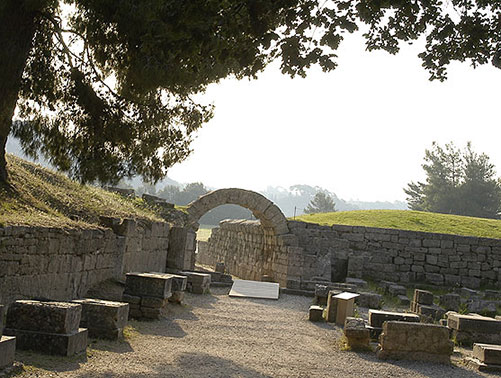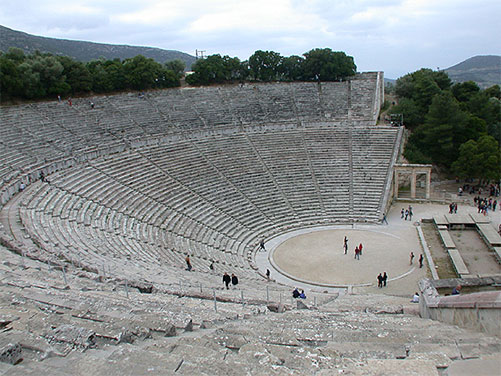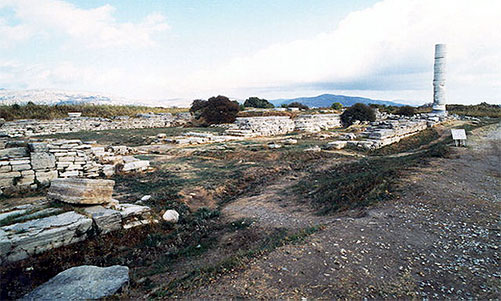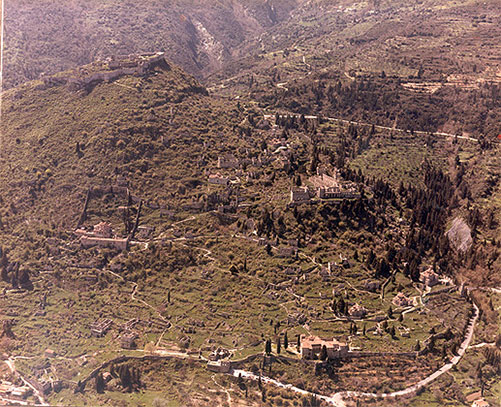 Research
Research
The CLIMASCAPE project is an interdisciplinary research that seeks to contribute to the protection of archaeological sites from the risks of climate change through the threefold “prediction, detection, management”.
 Target
Target
The main objective of the project is the development of a multi-criteria platform that will support the forecasting, detection and management of climate change related risks on selected UNESCO archaeological sites
 Policy
Policy
The protection of monuments and archeological sites from the effects of climate change is a central priority of the bodies active in the protection of cultural heritage (UNESCO, International Association of Monuments and Sites – ICOMOS, International Council of Museums – ICOM). The European Commission has recently converged on this priority, both in terms of the protection of cultural capital and in terms of the sustainability of tourism developing in areas that include archeological sites and monuments.
Recent announcements
ABOUT US
The project involves three public entities (University of Thessaly, National and Kapodistrian university of Athens, National Hellenic Research Foundation) and two private companies (ATHENS DEVELOPMENT S.A. and GEOINTELLIGENCE S.A.)
FOLLOW US
Find us also here:














